Yeolbin (열빈)
17.2Km 2021-03-29
78, Gukjegeumyung-ro, Yeongdeungpo-gu, Seoul
+82-2-783-3838
Operating since 1978, this store boasts of a large space. The best menu at this restaurant is noodles with minced meat in black bean sauce. This Chinese (cuisine) restaurant is located in Yeongdeungpo-gu, Seoul.
Daepojjimdak - Sinchon Branch (대포찜닭 신촌)
17.2Km 2021-03-22
27-1, Yonsei-ro, Seodaemun-gu, Seoul
+82-2-325-6633
A place where you can enjoy jjimdak (stewed chicken) with various toppings loved by Koreans. The best menu at this restaurant is braised chicken. This Korean dishes restaurant is located in Seodaemun-gu, Seoul.
Yeonnam Seosikdang (연남서식당)
17.2Km 2021-03-24
32, Baekbeom-ro, 2-gil, Mapo-gu, Seoul
+82-2-716-2520
It’s a standing rib restaurant. This restaurant's signature menu is grilled ribs. This Korean dishes restaurant is located in Mapo-gu, Seoul.
Chuncheonjip Dakgalbi Makguksu (춘천집닭갈비막국수)
17.2Km 2019-12-24
1, Yonsei-ro 5ga-gil, Seodaemun-gu, Seoul
+82-2-325-2361
This Dakgalbi restaurant is located in Sinchon, an area surrounded by universities and populated by students. Chuncheonjip Dakgalbi Makguksu’s most popular dish is Dakgalbi, which is prepared by marinating boneless chicken in spicy red pepper paste and stir-frying it with various ingredients in a large cast iron pan. For an extra tasty treat, try adding an assortment of noodles to the chicken as it cooks. After you’ve finished eating your Dakgalbi, don’t forget to order rice to stir-fry in the pan to soak up the extra, flavorful sauce!
The restaurant offers a simple Dakgalbi menu at an affordable price. Thanks to the restaurant’s delicious food, reasonable prices, and casual atmosphere, the restaurant is always full of people.
Monte Gwanaksan (관악산)
17.2Km 2025-06-13
Gwanak-ro, Gwanak-gu, Seúl.
Con la creación del distrito de Gwanak-gu en Seúl, en 1973, este tomó el nombre del monte Gwanaksan (629 m), que ahora es un símbolo de esta zona. Todo el año, ofrece a los ciudadanos un agradable descanso en la naturaleza, y por sus superficies relativamente regulares sin muchas rocas es muy popular entre los montañistas principiantes. El pico Yeongjudae es el más elevado de todos los senderos de la montaña. Cada estación cambia de color con sus exhuberantes plantas y flores coloridas, atrayendo visitantes de otras áreas de Seúl. En la cima de la montaña hay pequeños templos incluyendo el templo Wongaksa y el templo Yeongjuam, que fueron construidos por el primer rey de la dinastía Joseon antes de fundar el reino, para prevenir adversidades.
Universidad de Yonsei (연세대학교)
17.2Km 2023-07-03
Yonsei-ro 50, Seodaemun-gu, Seúl.
Dumulmeori de Yangpyeong (양평 두물머리)
17.2Km 2025-04-02
Dumulmeori-gil 145, Yangseo-myeon, Yangpyeong-gun, Gyeonggi-do
Dumulmeori significa literalmente "zona de dos aguas", y se refiere al lugar donde se unen las aguas del río Bukhangang y del río Namhangang. El muelle para los antiguos barcos junto con los árboles de sauces llorones dan un toque rústico a la belleza de la zona. Otra atracción de este lugar son los tres árboles zelkova de 400 años. Dumulmeori, un lugar privado, se mantiene como un sitio popular para la grabación de K-Dramas, anuncios y fotografías de boda como también de fotos de naturaleza.
Najugomtang&Oudon (나주곰탕&오우돈)
17.2Km 2021-03-30
19, Sinchon-ro 18-gil, Mapo-gu, Seoul
+82-2-336-6824
It is a place where you can eat a variety of Korean dishes. The best menu at this restaurant is Naju beef bone soup. This Korean dishes restaurant is located in Mapo-gu, Seoul.
Jardín del Agua (물의 정원)
17.3Km 2025-05-22
Bukhangang-ro 398, Joan-myeon, Namyangju-si, Gyeonggi-do
El Jardín del Agua de Namyangju fue creado como un parque ecológico ribereño y cuenta con una vasta superficie de 484.188 ㎡. Nació por iniciativa del Ministerio de Tierras, Infraestructura y Transporte como parte del Proyecto de Restauración del Río Hangang en 2012. Para los residentes de la zona, este es un espacio que puede ser aprovechado para correr, dar paseos a caballo por la costa del río y montar en bicicleta. Es un lugar idea para disfrutar del verde y el descanso junto al río.
Samho Bokjip - Sinchon Branch (삼호복집 신촌)
17.3Km 2021-03-19
10, Yonsei-ro 5da-gil, Seodaemun-gu, Seoul
+82-2-337-9019
A blowfish specialty restaurant located in Sinchon, Seoul. A restaurant specializing in blowfish dishes. The most famous menu is tiger puffer fish.
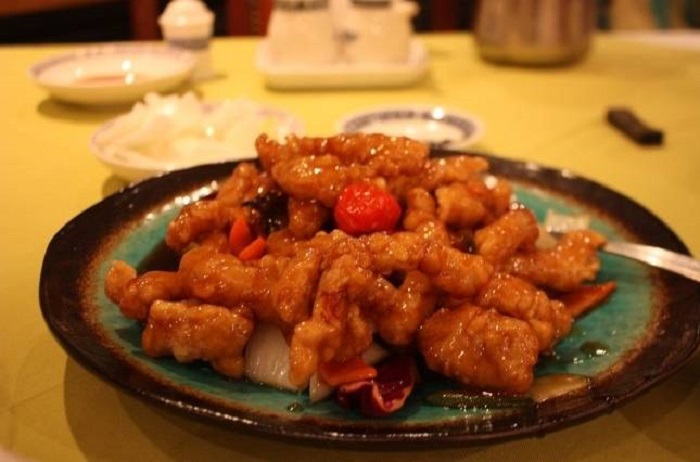
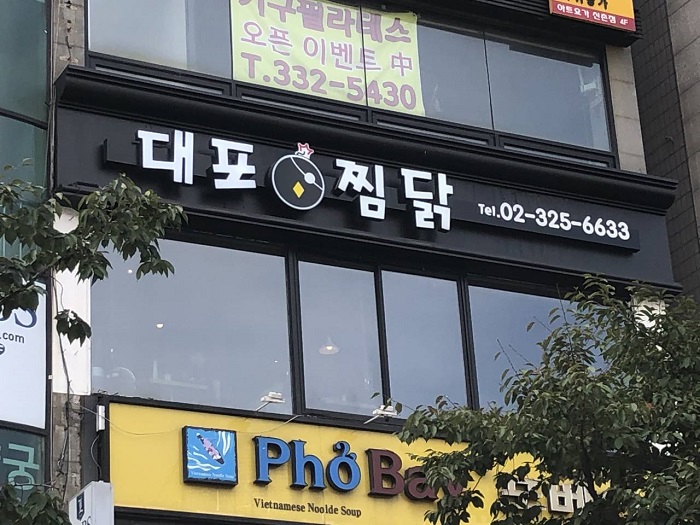
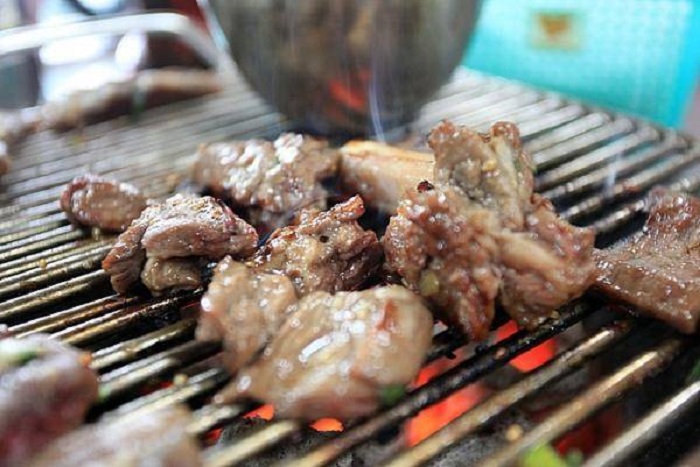
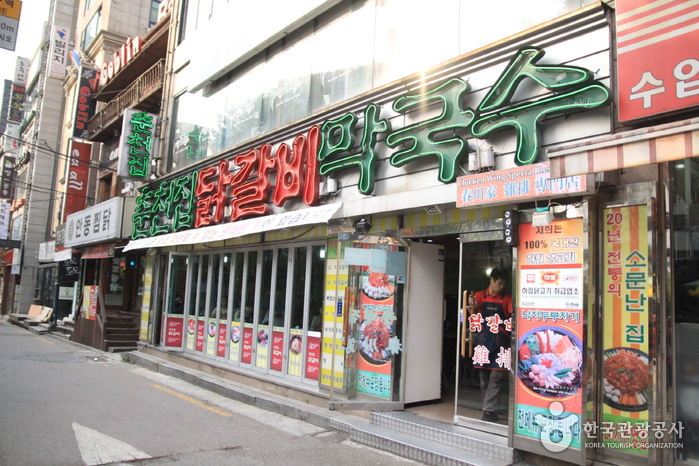

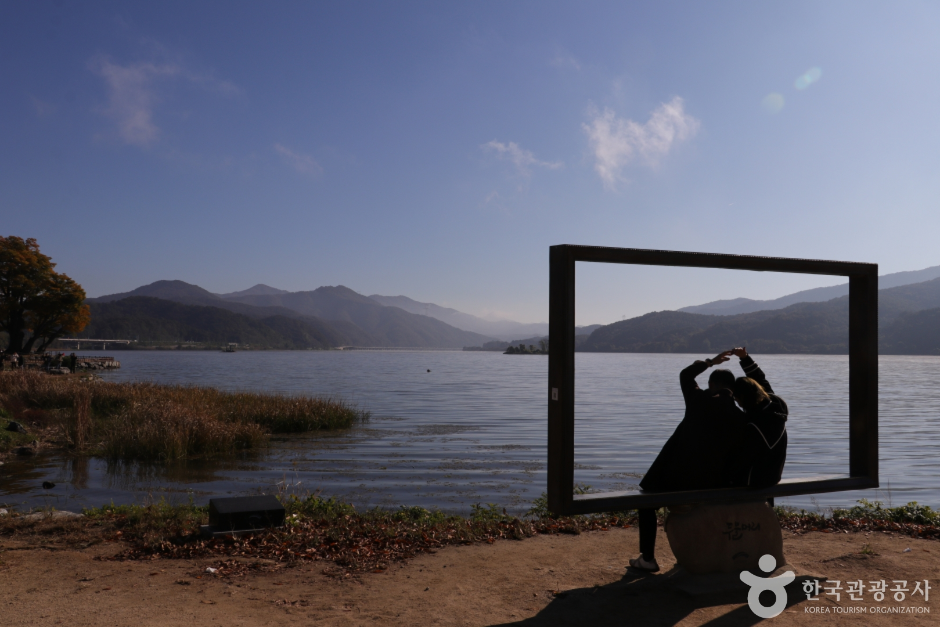
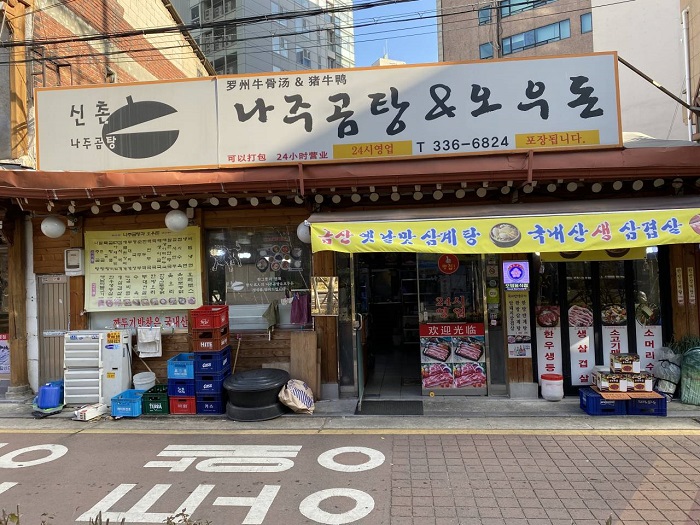
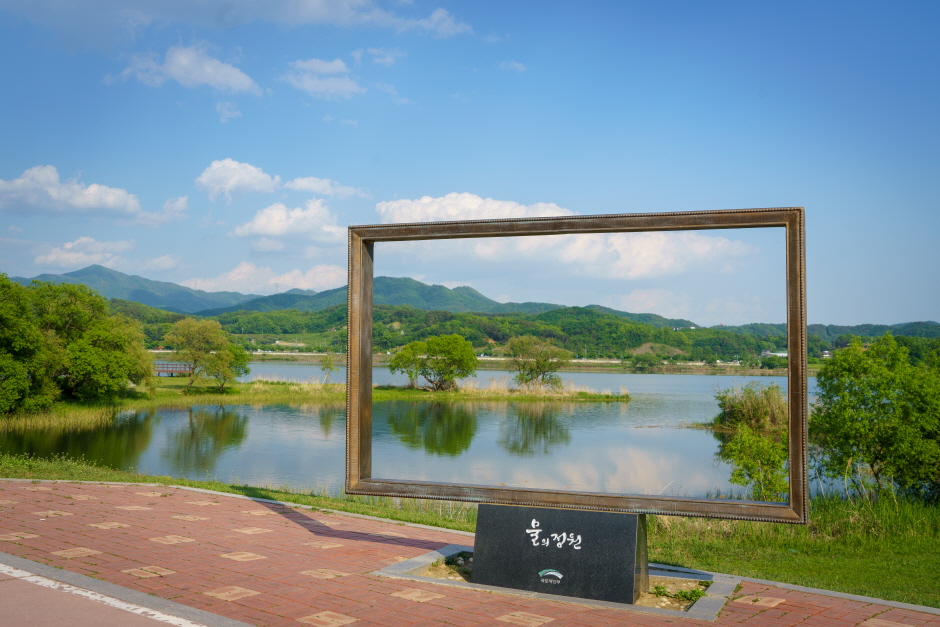
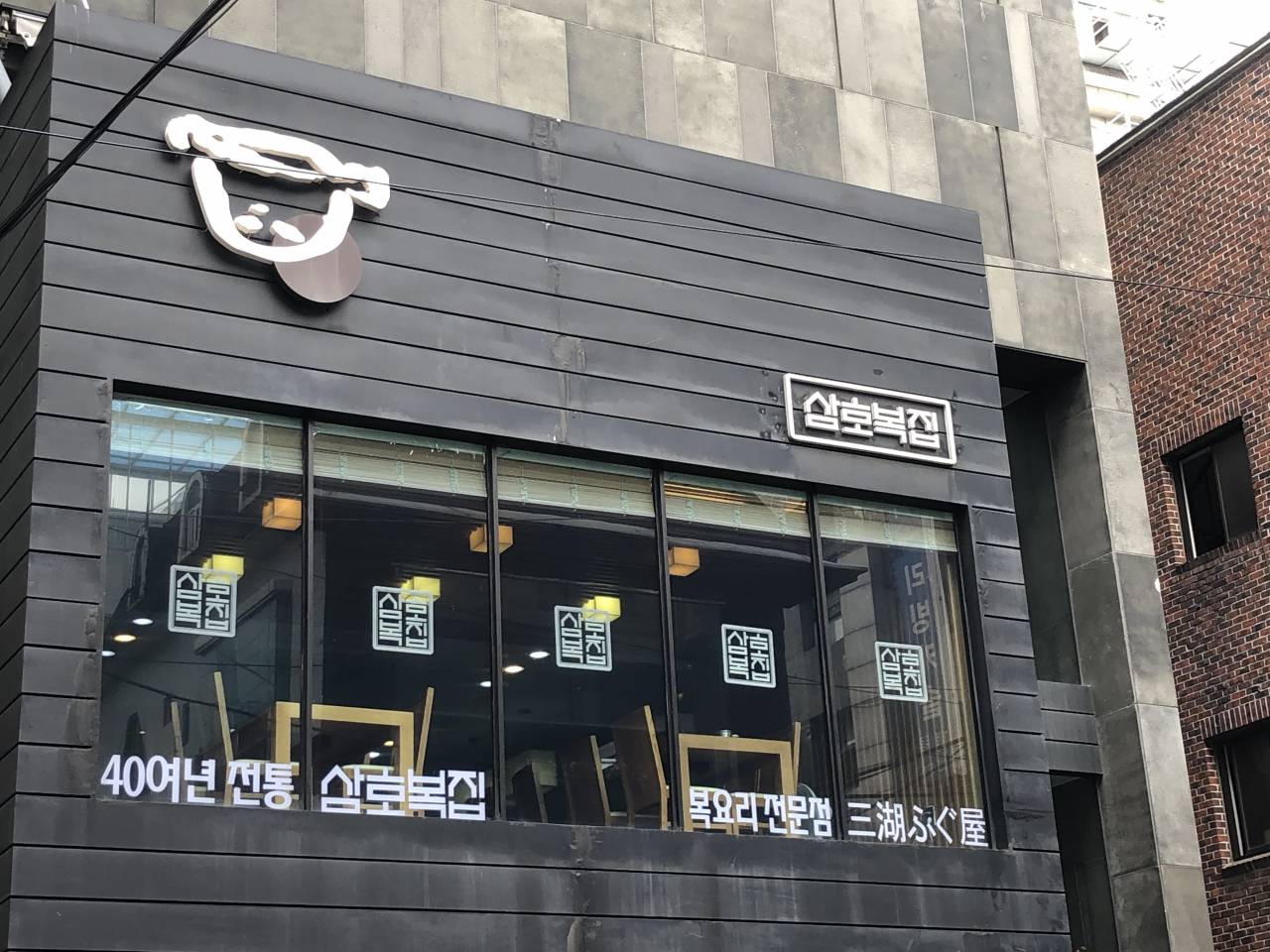
 Español
Español
 한국어
한국어 English
English 日本語
日本語 中文(简体)
中文(简体) Deutsch
Deutsch Français
Français Русский
Русский